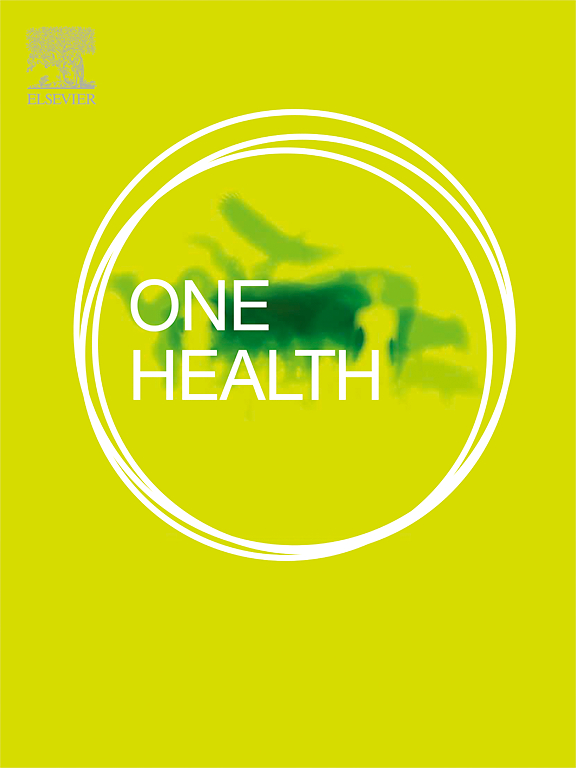Profiles and predictors of access to human and veterinary healthcare in multispecies households
IF 4.1
2区 医学
Q1 INFECTIOUS DISEASES
引用次数: 0
Abstract
This study extends a behavioral-ecological framework for healthcare access and utilization to explore patterns of healthcare and veterinary care access within pet-owning households in the United States. Using Latent Class Analysis, a person-centered analytic approach, we identified five subgroups of pet owners in a diverse national sample (n = 750), each characterized by unique patterns of perceived access and actual usage of both human and veterinary healthcare. The first subgroup, “Good access/unfair system” (27%) and the second subgroup, “Good access/fair system” (30%) reported high probabilities of good healthcare and veterinary care access and limited financial burden but differed in their perceptions of healthcare fairness. The third subgroup, “Good access/Medicare” (14%), primarily comprised of older adults with Medicare, reported good access to both human and veterinary care and limited financial burden, underscoring Medicare's role in stable healthcare access. The fourth subgroup, “Moderate access” (11%), characterized by financial barriers despite non-employer health insurance, showed a lower likelihood of recent dental and veterinary visits. The fifth subgroup, “Poor access” (18%), with the poorest healthcare access and highest probability of Medicaid or no insurance, highlighted significant inequalities in healthcare and veterinary care access. Sociodemographic and social environmental factors were associated with subgroup membership. For example, the groups with better access were likely to have low financial fragility (Good access/unfair system OR = 4.61, p < 0.001), and those with poorer access were unlikely (Poor access OR = 0.14). Additionally, the groups with better access were less likely to experience discrimination (Good access/fair system OR = 0.58, p < 0.001) and those with poorer access were more likely (Moderate and Poor access both ORs = 1.37, p < 0.001). These findings emphasize the need for policies addressing factors such as economic inequality and discrimination to improve healthcare and veterinary care access and utilization. Tailored interventions at individual and systemic levels are also suggested (i.e., the Colorado “Peticaid” proposal and the Seattle One Health Clinic) to mitigate disparities and enhance healthcare and veterinary care access for vulnerable populations.
求助全文
约1分钟内获得全文
求助全文
来源期刊

One Health
Medicine-Infectious Diseases
CiteScore
8.10
自引率
4.00%
发文量
95
审稿时长
18 weeks
期刊介绍:
One Health - a Gold Open Access journal.
The mission of One Health is to provide a platform for rapid communication of high quality scientific knowledge on inter- and intra-species pathogen transmission, bringing together leading experts in virology, bacteriology, parasitology, mycology, vectors and vector-borne diseases, tropical health, veterinary sciences, pathology, immunology, food safety, mathematical modelling, epidemiology, public health research and emergency preparedness. As a Gold Open Access journal, a fee is payable on acceptance of the paper. Please see the Guide for Authors for more information.
Submissions to the following categories are welcome:
Virology,
Bacteriology,
Parasitology,
Mycology,
Vectors and vector-borne diseases,
Co-infections and co-morbidities,
Disease spatial surveillance,
Modelling,
Tropical Health,
Discovery,
Ecosystem Health,
Public Health.
 求助内容:
求助内容: 应助结果提醒方式:
应助结果提醒方式:


